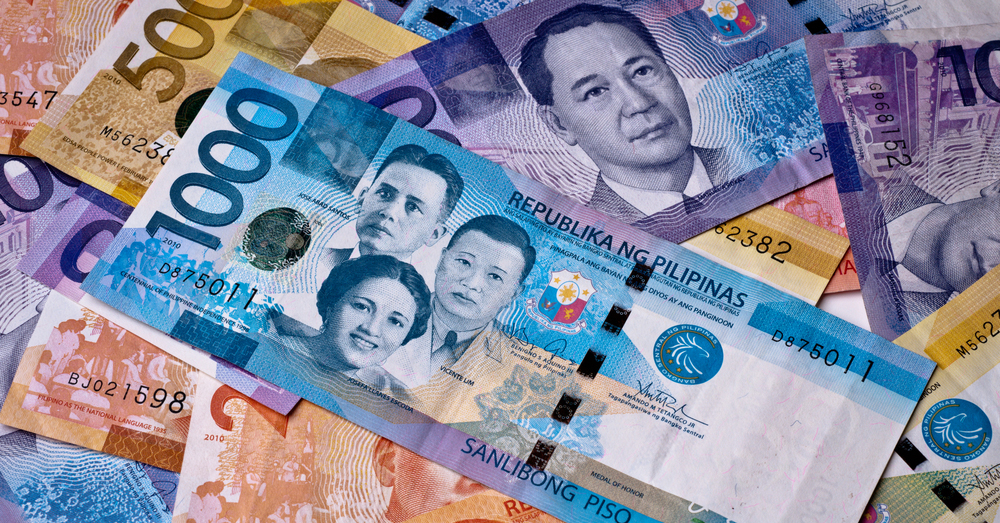How to Know if Your New Money is Fake or Real
Dec 9, 2015 • Abu Poblete

Dec 9, 2015 • Abu Poblete

In three weeks, the Philippines’ old money or the New Design Series (NDS) that we’re all familiar with will cease to have value. Meaning, if you didn’t catch that last part, you can’t use them to pay for things anymore, regardless if you’re rolling in them.
Starting January 1, 2016, NDS will be replaced by the New Generation Currency (NGC). But, you can still swap your 30-year old banknotes with new ones until December 31, 2016. Thereafter, the old that we’re all familiar with will just be mere paper.
(OFWs, though, can still have their old banknotes replaced as long as they register online starting October 1, 2016 to December 31 , 2016 through the BSP Website. These old banknotes may be exchanged with the BSP within one year from the date of registration.)
Universal and commercial banks, thrift banks, rural and cooperative banks are the only ones authorized by the BSP to exchange NDS banknotes to NGC. There will be a surge of scammers targeting on unsuspecting victims. With counterfeit bills almost identical to the real ones, many of these frauds might actually get through.
Don’t let these scammers fool you and keep these 8 things in mind before receiving any new NDS bills.
Red and blue fibers are visibly scattered one both sides of NGC bills. These fibers are become more visible when you put the bill under UV light.
A kind of modus operandi that’s been making rounds in the news lately are scammers turning 20-peso bills into 50-peso bills. They do this by coloring the 20-peso bill into a darker red just like that of a 50-peso bill, and they write over the value in the bills’ corners. The only thing they can’t change is the face of Manuel Quezon. So if ever you get your bills exchanged or have bills given to you, make sure the Filipino icons on the money are who they should be.
Other details you should also remember are the different natural wonders and symbols of nature printed on all the bills.
Most of the text on NGC bills are embossed so that when you run a finger through the words “Republika ng Pilipinas,” you’ll actually feel the raised print.
You can’t be too careful in checking the authenticity of your money especially with the expected boom of counterfeits soon.
Make sure the alphanumeric serial number of your money is in the corners and are written on in increasing font sizes when read from the left. Take note of the baybayin script on top of the lower right corner denomination that means “Pilipino.” The spelling and signatures of the president of BPI and the country should also be spelled correctly and consistent with other bills/documents. If you see any typos or inconsistencies, return the banknote/s to the source immediately and report it to authorities.
Share your thoughts and tips in the comments!
Abu is a fangirl by day, and a sleeping fangirl by night. She is mostly seen on Twitter which she considers her first home even though she loathes with all her being its cancel culture (We can all grow and learn guys!). She ranks as the Philippines' number one Modern Family fan in QuizUp. She's a cool girl (she also wrote this write-up).
Input your search keywords and press Enter.

1 comment